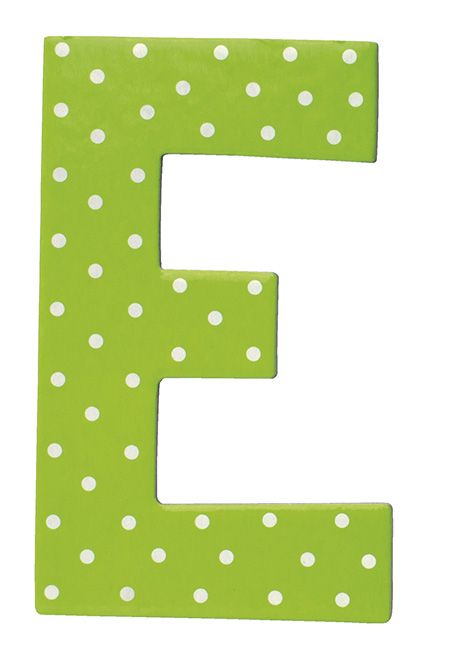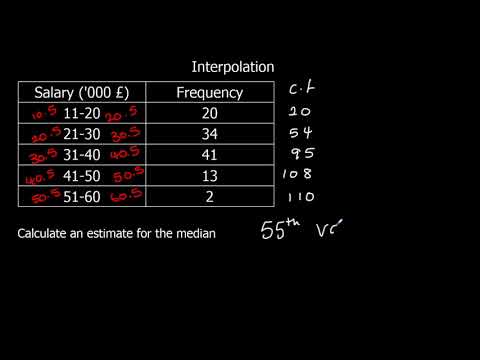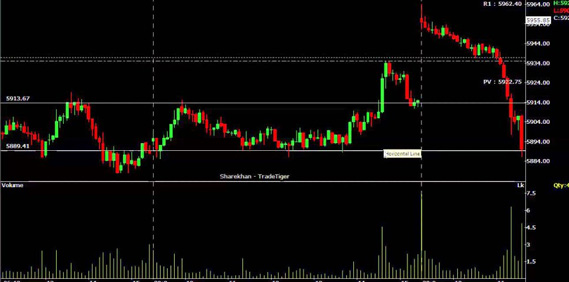Contents:


Sending, receiving, and paying bills demonstrates that both parties are in touch, and the itemized format of an invoice keeps your business operations visible. A PON is also important for reconciling orders with invoices. The invoice number should match the purchase order number to confirm that the items listed on the invoice were actually ordered and received by the company.
It’s important to understand the similarities and differences, and why these documents are both important. Automating invoice approvals through a cloud-based AP automation solution like SoftCo can save businesses a significant amount of time and money. It also reduces potential for error by a significant margin, removing the need for manual data entry, printing or scanning. A purchase order is a document the buyer uses to place an order mentioning the goods required, delivery date, price and other terms and conditions. Once the vendor accepts a PO, it becomes a legally binding document that specifies the type of goods, price, delivery date and payment terms.
Over https://1investing.in/, such mistakes can have a negative long-term impact on the bottom line. In short, purchase orders define the terms of the sale before the sale occurs, and invoices confirm fulfillment of the order and that a payment is due in consequence. Overall, including both POs and invoices are key to avoid conflict and ensure everyone gets their dues. They provide legal protection – On its own, an invoice is not a legally binding contract.
Among the everyday business transactions, the two most essential invoices that every business has to deal with, regularly, include the purchase invoice and the sales invoice. A sales invoice is given by a seller to its customers when the business makes a sale, and it is the proof of the amount due to the company by the customers. On the other hand, the purchase invoice is its complete opposite. The seller generates an invoice to request payment from the buyer for the products or services delivered. The invoice specifies the exact items and prices agreed upon in the PO and the SO. In addition to all the details in a PO and a SO, the invoice includes the seller’s banking information and accepted forms of payment.
What Is a Purchase Order?
The purchase order provides an itemized list of goods or services due to be purchased. The formal purchase order document can help business owners with bookkeeping efforts, but it’s an often misunderstood concept. You can also set up recurring purchases with a standing purchase order. This is useful if you need to order a set amount of the same textiles every six months. A recurring purchase order uses the same PO number, so the supplier can easily identify your PO each time.
- Invoices are legally binding documents reflecting the official sale of goods, and the buyer must honor the payment terms as outlined in the agreement.
- A purchase order number is a unique identifier assigned to a purchase order document.
- Purchase orders and invoices generally contain the same information, except they hold different number identifiers, as well as different billing and due dates.
- The purchase order number is especially useful for tracking.
Your business may use both documents at one point because the nature of business requires you to order and provide goods and services. Terms of payment, applicable discounts, total amount due, etc. While the term is not commonly used, a purchase invoice is essentially the same as a sales invoice. Additionally, the purchase order number makes matching invoices to purchase orders easier. Mentioning the number on invoices helps the seller charge the right amount for the goods. The buyer can also match the reference number on the invoice to their PO number to ensure they’re paying for the correct order.
Organize your company’s financial records
Not always does a buyer require a seller to send them an SO. But invoices are non-negotiable documents in the sales process. Both documents contain important details such as products and services ordered, their quantities and the price. For instance, the buyer calls the computer seller to inform them that a wrong product has been delivered. The seller can then reference the SO number and check if the mistake occurred while creating the SO. Some businesses omit the step of sending a SO to the buyers.

A PO is an official agreement between the buyer and the seller, authorized by the management of both companies. If the seller fails to deliver on the agreed terms of a purchase order, in certain circumstances, the buyer can take legal action against the seller and vice versa. Once after receiving pro-forma invoice from the supplier, the buyer sends a purchase order or opens a letter of credit to the supplier. Knowing the distinctions and similarities between purchase orders and invoices won’t assist you much here. Even if you use an invoice template, manually creating a large number of such documents can be time-consuming and error-prone. An invoice lists the items or services that were provided, the price of each item or service, and the total amount due.
A purchase order is issued by the buyer at the start of a business transaction. It documents the client’s expectations in regards to products or services required, quantities, and price. The client sends this purchase order to the seller for approval. Upon approval, the purchase order becomes a legally binding document. A PO invoice should include the purchase order number and details of the goods or services provided as agreed between the buyer and supplier.
Purchase order vs invoices: What’s the difference?
work in processs are essential to track customer or client payments. They clearly record products or services provided, the amount due, and payment terms and conditions. It will also indicate the time it would take to finish the job.

A purchase order is typically signed by both the buyer and the seller, while an invoice is typically signed by the seller only. If you want to learn more about the elements of an invoice and how to create one from scratch, check out our guide on how to make an invoice & get paid faster. See all posts → Freelancing 6 Best Tools for Freelancers in 2018 Since you’re only as great as the tools you use, we put together a list of 6 of the best tools for freelancers. Plus, it includes detailed descriptions of each item, the pricing, and the ETA for the delivery. Once you approve the purchase order, the invoice goes out to the purchaser. For instance, in a larger company, it’s the Purchasing Department that handles the creation of purchase orders .
Create and send invoices on the go
Then, the purchase order is sent to the supplier for approval. The purchase order is a legally binding contract after it has been approved. An invoice is created by a business to request a payment that’s due from someone who purchased goods or services from them. Imagine a purchase order as a formal grocery list that you’d send to a grocery store to indicate what food items you intended to buy from them.
For solutions that modernize every aspect of your business, look no further than CBX Software. Incentivize early payments via both the purchase order and the invoice. A simple 5% discount for advance or early payment reduces the chances of experiencing a late-paying client. – Issued purchased orders define the terms of an imminent purchase, whereas an invoice is essentially a sales confirmation. – A purchase order will be sent by the buyer to a vendor, whereas the vendor delivers invoices to the buyer. Master the differences to enhance the purchase order and invoice process.
Customs calls Dan’s office and talks to one of his assistants. The assistant doesn’t immediately know what the order is about, or which store the furniture is for, so he asks for the purchase order number. Now that he’s in the loop, he authorizes the payment of the duty fees so that the furniture will be released and delivery will be completed. Next, Dan sends the purchase order to John for his signature.
Once a seller receives a PO, they send the products and an invoice to the buyer for payment. Many business owners confuse purchase orders and invoices.Although the documents have some similarities, they are vastly different. If you want to ensure you’re distributing the correct paperwork, you need to brush up on the differences between invoices and purchase orders.
Difference Between an Invoice vs a Receipt [with Examples]
Creating invoices is also essential because it is the record of your accounts receivable . By analysing the accounts receivable turnover ratio, investors can see how efficient your business is at collecting cash owed to it. One of the invoice’s key purposes is to create a paper trail between the buyer and the seller. Sending, receiving and settling invoices proves that both parties are communicating, while an invoice’s itemised nature keeps your business dealings transparent.
How the West is Liened: A comparison of builders lien legislation in … – Dentons
How the West is Liened: A comparison of builders lien legislation in ….
Posted: Tue, 09 Aug 2022 07:00:00 GMT [source]
You may be tempted to include the bare minimum in your invoices as a way to save time, but resist that urge. The more information you include, the fewer questions your clients will have, which can speed up the payment process. Some business owners confuse purchase orders with purchase requisitions. However, there is a notable difference between the two documents. Data from both purchase orders and invoices can be used for inventory management. They will show how much inventory is committed and aid forecasting.
From collecting and matching receipts, to expense categorization and bookkeeping, businesses today waste too much time and too many resources manually executing tedious processes. 1) Purchase orders are issued by the buyer to the seller as a request for goods or services. Invoices are issued by the seller to the buyer as a request for payment. The law firm’s accounting department receives the invoice and pays on the specified date.
- It establishes an obligation between the buyer and seller, which too is legally binding.
- The invoice is an important part of company record keeping and accounting.
- An invoice is the most definitive evidence of a sale between the buyer and a seller.
- Learning the differences between purchase orders and invoices is essential to providing necessary documentation, avoiding liability, and ensuring a streamlined process.
- Estimate Template Design professional estimates for your clients using our readymade estimate templates.
Save your organization time and effort by automating the billing process, particularly when it comes to recurring billing. Keep accurate records of purchase orders and invoices long into the future as they are vital for internal and external audit trails. So, what is the difference between a purchase order and an invoice? At first glance, they seem remarkably similar, but they are not.

Comments are closed